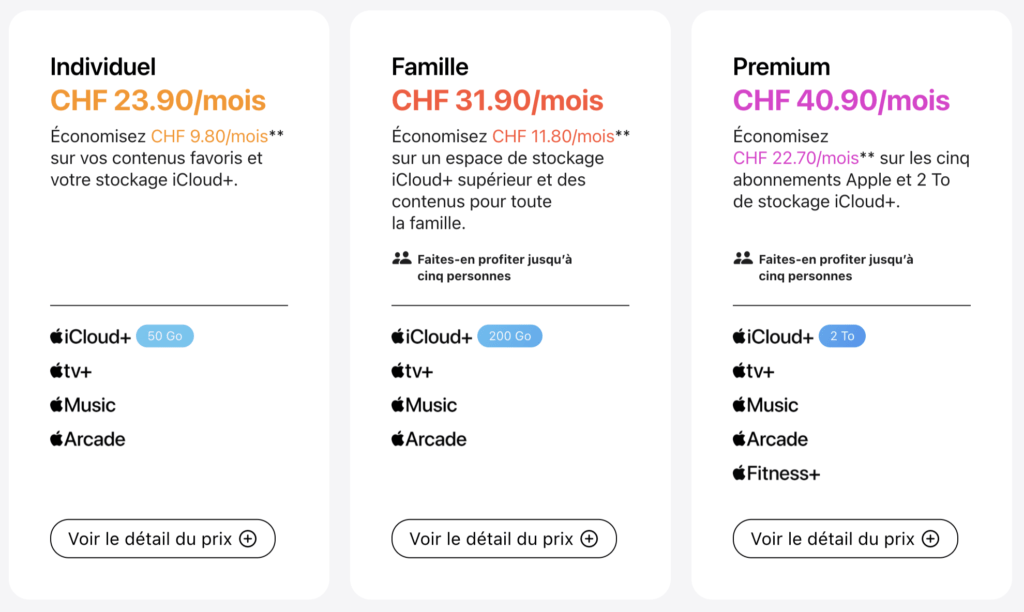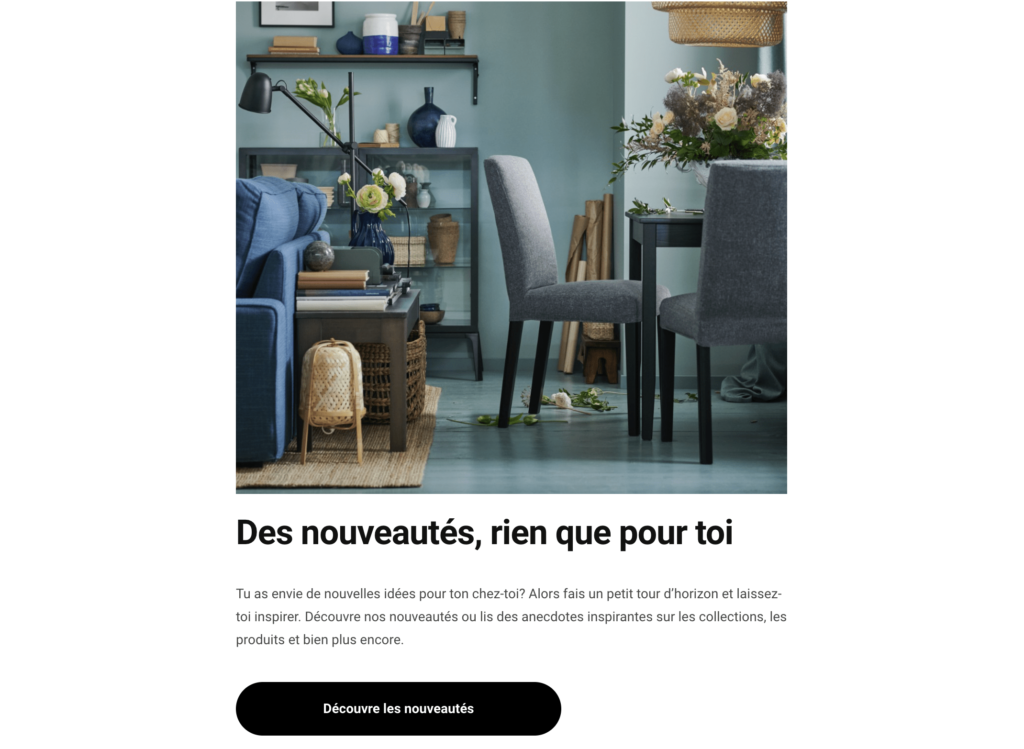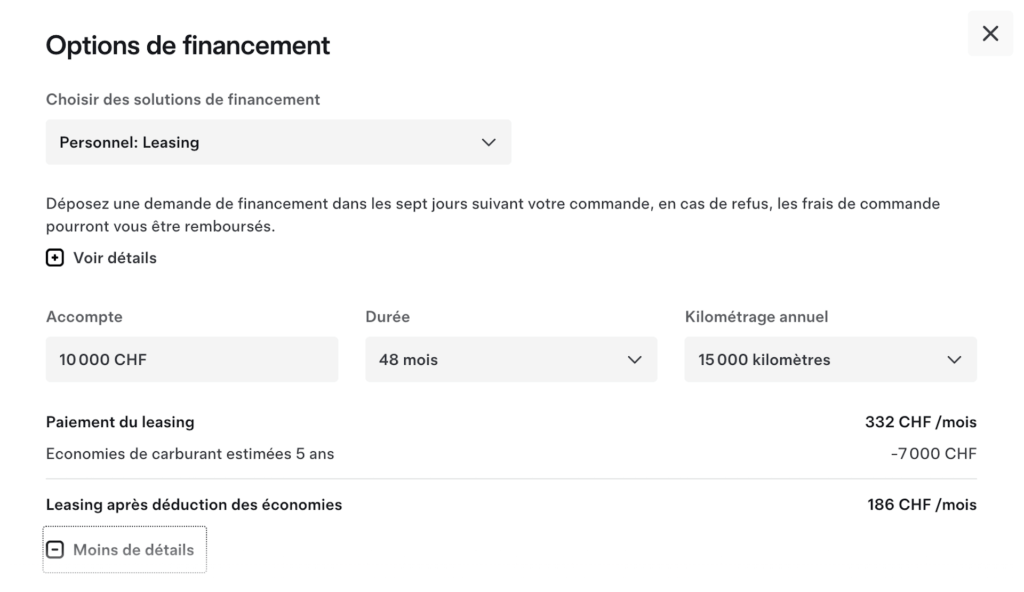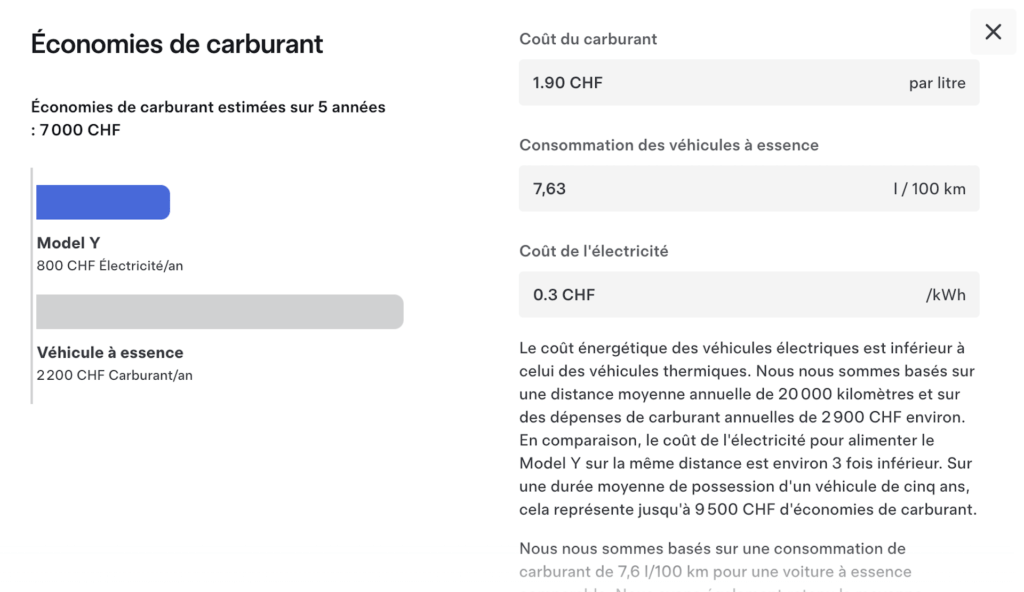Nudges: 23 examples to influence without obliging
From a simple gamification of an interface to the complete layout of a space, nudges, elbow or nudge in French, are increasingly taking place around us.
A look back not in images, but in words at this concept, at once theory, technique and practice.
“… any aspect of the architecture of choice that modifies people’s behavior in a predictable way, without prohibiting or excluding any option or significantly changing their financial motivations. To be considered a nudge, the intervention must be easy and inexpensive to avoid.”
Thaler & Sunstein, 2008
The term nudge was popularized in 2008 by economist Richard Thaler and law professor Cass Sunstein in the book Nudge: The Gentle Method to Inspire the Right Decision.
By exploiting cognitive biases, the theory of nudges, also called “libertarian paternalism”, seeks to push people to act in the right direction.
Nudges modify some elements that surround us to induce a change in behavior with a mantra: encourage without constraining.
Used in Barack Obama’s campaign, in road safety or in school canteens, nudges are increasingly used to modify and improve daily life.
To summarize, the nudge theory is based on the principle that “homo economicus” (who would make his decisions in a self-centered manner) does not really exist. He is constantly influenced by his environment. Starting from a negative choice for him (choosing an unhealthy dish, not wearing a seatbelt, etc.), the nudge intervenes to change his behavior towards a better solution.
23 examples of nudges in everyday life
Since you were old enough to think, you must have been influenced multiple times by a nudge. Here are some examples of nudges implemented:
Giving the user a sense of control
Allowing a person to choose allows them to appreciate their choice more.
Example: In a canteen, offering a group of students two types of vegetables while another group had only one type of vegetables. The first group enjoyed eating their vegetables more with the choice than the second group.
Increasing the feeling of ownership
By attributing a feeling to something, the owners are more likely to want to keep it and increase its value.
Example: Half of a group was offered a pen that they had to sell to the other half. The perceived value of each pen by the owners is higher than the value offered by potential buyers.
Making the user find an argument for the end result themselves
When people are forced to find arguments, they are more likely to change their way of thinking.
Example: In a group of smokers, half were asked to encourage the other half to quit smoking. By looking for arguments to carry out this experiment, the first half revised their position on cigarettes.
Align the desired result with the user’s identity
People want to make choices that match their identity. Addressing an identity makes it easier to achieve the desired behavior.
Example: “Come as you are”: McDonald’s slogan and advertising increased sales by 7.7%. The slogan has been used for 15 years.

Highlight stories
Referring to stories allows feelings and emotions to be more naturally involved.
Example: In higher education institutions, more and more testimonials from students and former students are shared to encourage future students.
Use or present social norms
Social norms tend to group people who are part of the same group.
Example: The battle between iPhones and Androids, comparisons are rife between features, price, etc.
Associating a loss with an undesirable action
We hate losing more than we like winning. People break their habits if they have a risk of losing.
Example: The site stickk.com allows customers to set up a contract with themselves. If the contract is not reached on time, the money committed will be donated to a charity that they do not wish to support.

Associating new behaviors with a routine
When wanting to take on a new habit, it is easier to integrate it into a routine rather than having to think about it.
Example: Remembering to take medication is easier to take every day at the same time rather than at a random time of day.
Win now VS win later
People prefer a gain in the present rather than in the future.
Example: Newsletters have a better sign-up rate if they offer a discount.

Multiply a gain into several
It is more pleasant to benefit from several gains to reach the same gain.
Example: on an online store, offering -20% on several products seems more advantageous than saying “-20% on the entire store”
Surprise to please
It is easier to be satisfied if it is a surprise rather than a wish.
Example: When ordering, slipping small gifts or a thank-you card into the package makes consumers happier rather than promising to slip a little something inside.
Reduce or delay immediate losses
The further in the future a loss is, the less important it seems to be.
Example: When making a purchase, some credit cards are not debited immediately (even if more and more banks offer it). Buying now by losing later minimizes the loss.
Consolidate losses
A loss is better than two: if two losses are grouped together, they seem less significant than if they were separated.
Example: Apple One offers to group several subscriptions into one. In addition to saving money, the loss of money seems less, because it is grouped into a single payment.

Help to make commitments in advance
Making the right choice is never easy at the time. Allowing you to make a decision without being able to change your mind is easier.
Example: Meal boxes (Hello Fresh, etc.) are already balanced so that you don’t have to think about it when the time comes.
Create positive expectations
People’s expectations can change an experience.
Example: In its newsletters, IKEA presents its new products as “New products, just for you” when the new products are actually accessible to everyone.

Introduce a highlight to end on a positive note
People tend to remember and evaluate past experiences on the most intense moment, whether positive or negative. They will be more likely to want to repeat the experience if it was enjoyable.
Example: Participating in a race. Runners will be more likely to want to participate again if they are offered a medal at the end showing that they participated.

Give frequent feedback on the consequences of their actions
It is difficult to make connections between the present and the future. It is therefore important to show the consequence in the future.
Example: When purchasing on the tesla.com website, a simulator allows you to observe the savings made between a Tesla and a gasoline vehicle.


Draw attention to the desired option
Capturing attention makes it easier to encourage people to choose an option. The more a person looks at an option, the more likely they are to select it.
Example: Products with original or colorful packaging are more likely to be chosen.
Make a default option the expected result
Nobody likes to make decisions, especially difficult ones. A default choice minimizes this effort and will more naturally become the chosen option.
Example: Countries that implement organ donation by default have 60% more donations than countries where the choice is voluntary.
Make the expected result an option that is not an extreme
People are more likely to select an average option than an extreme option (the least or the most expensive, the smallest or the largest, etc.)
Example: At Starbucks, there are 3 sizes: tall, grande and venti. Consumers are more likely to choose the container in the middle, because it turns out to have a better quality-price ratio.

Reduce fears
People tend to avoid options that they are not familiar with or on which they have no visibility.
Example: Future buyers do more research before purchasing an electronic device they are not familiar with than on a brand they are familiar with. Brands therefore have a greater interest in explaining how to use their products.
Do not overwhelm
Consumers are bombarded with information. When faced with serious or frightening information, they are more likely to close up and ignore it.
Minimizing choices helps reduce decision-making fatigue
Minimizing choices helps reduce decision-making fatigue
Making several decisions in a row can tire a person and make them make random decisions.
Example: An online language test with many questions tires the user in the long run. At the end of the test, they will no longer be as focused as they were at the start.
And on the designers’ side?
There are many more possible nudges. When designing a project (to be taken in the sense of designing), designers therefore have more interest in thinking about how to encourage a change in an innate behavior.
Nudges also play an important role in ethical design, because they allow for positive and responsible influence. By using nudges, designers can therefore encourage people to make more ethical, respectful and beneficial decisions for themselves and for society.
Designers and developers must therefore ensure that they use nudges in a transparent, optional and reversible manner, in order to preserve users’ freedom of choice.